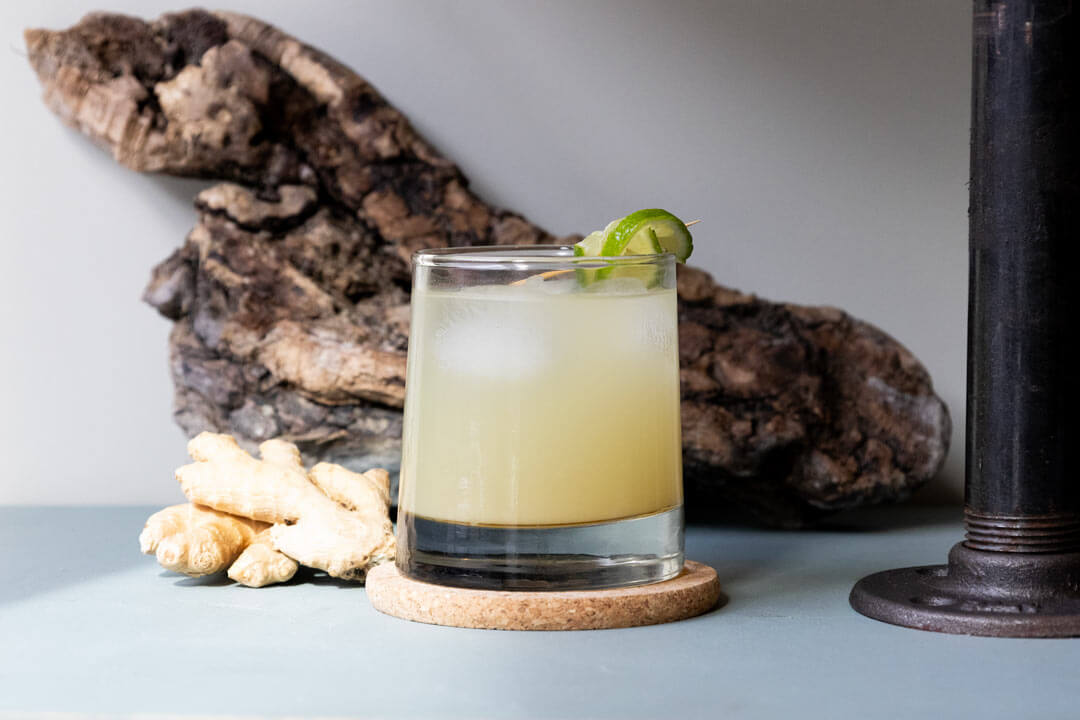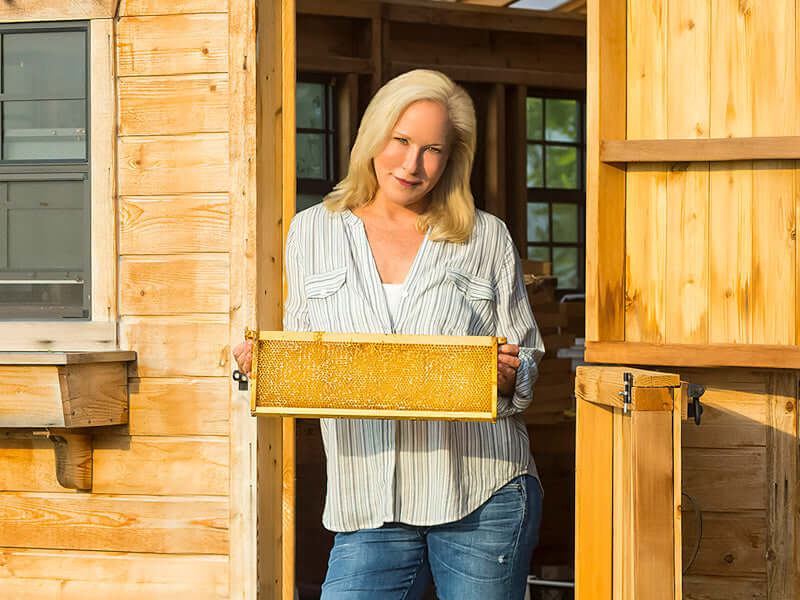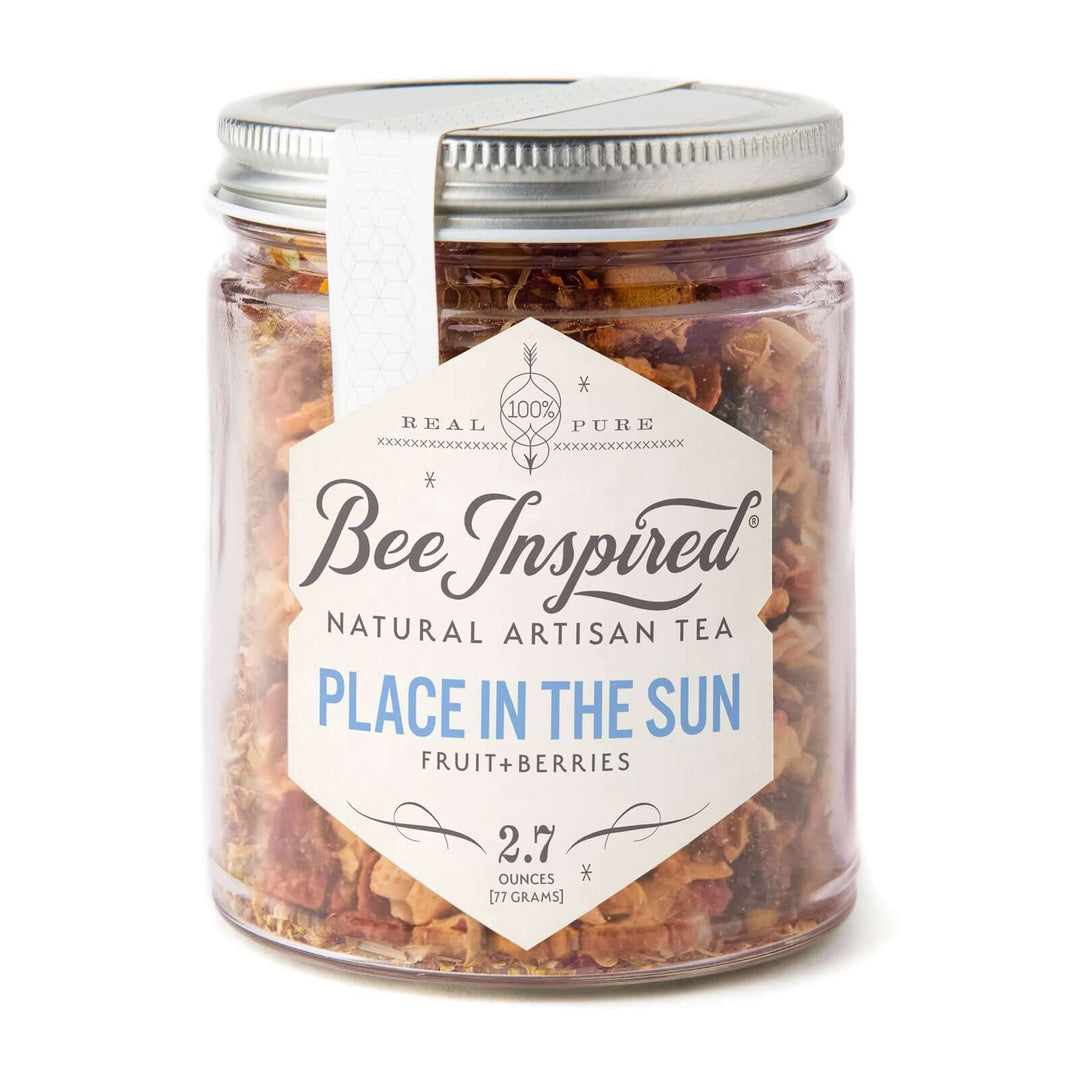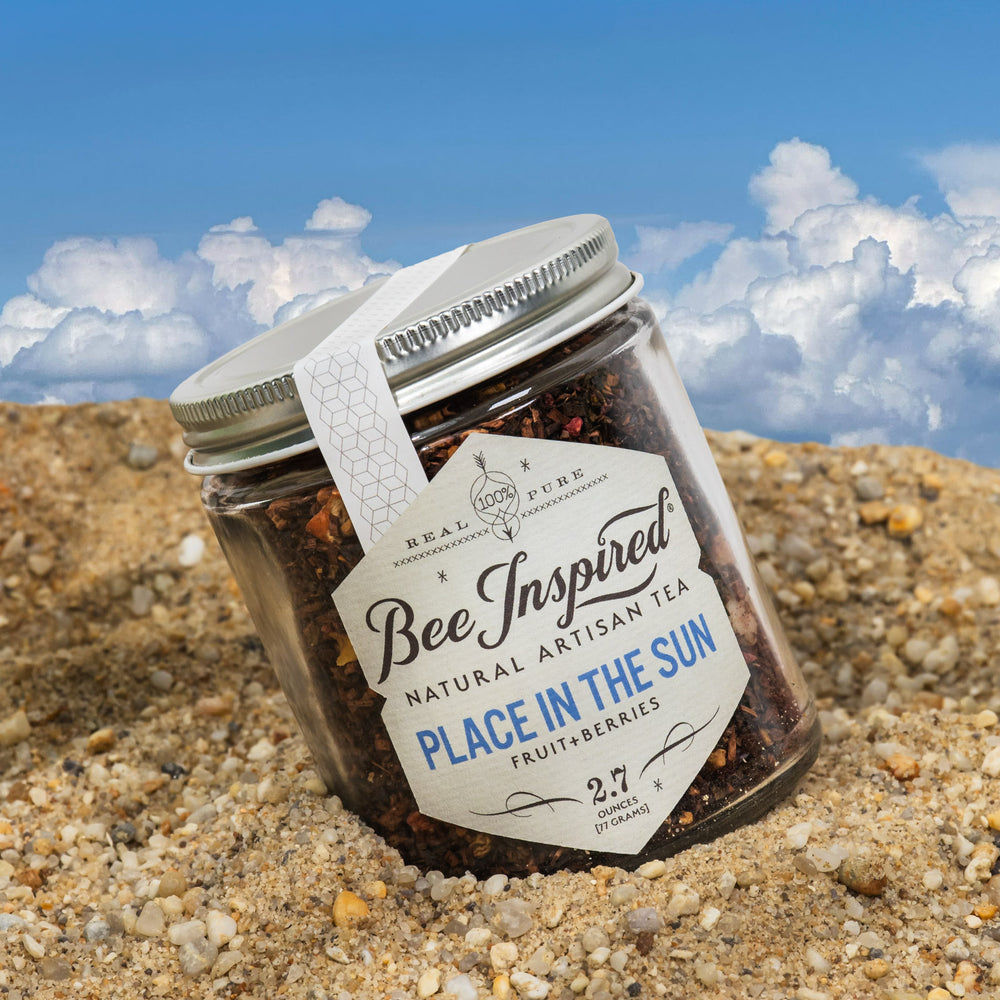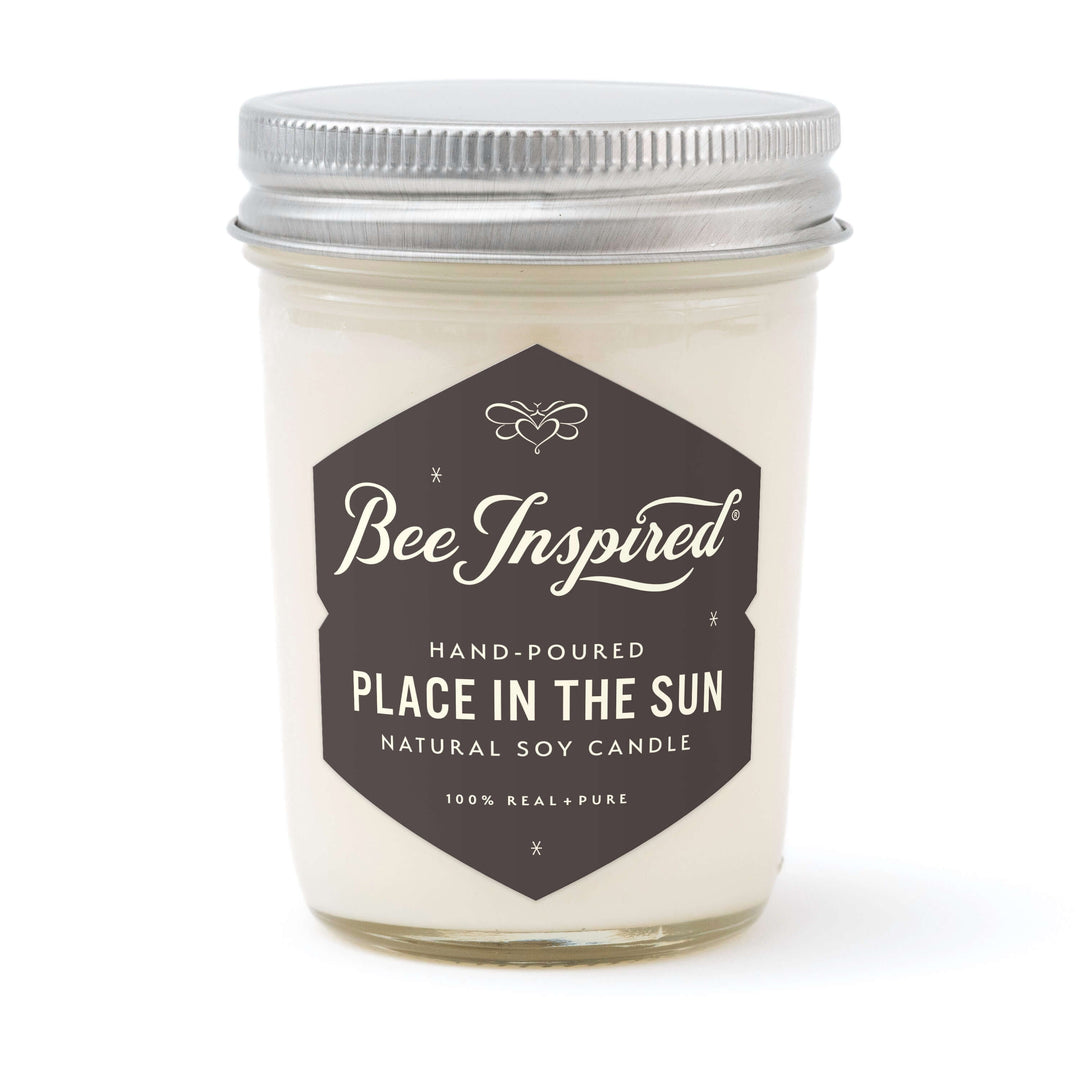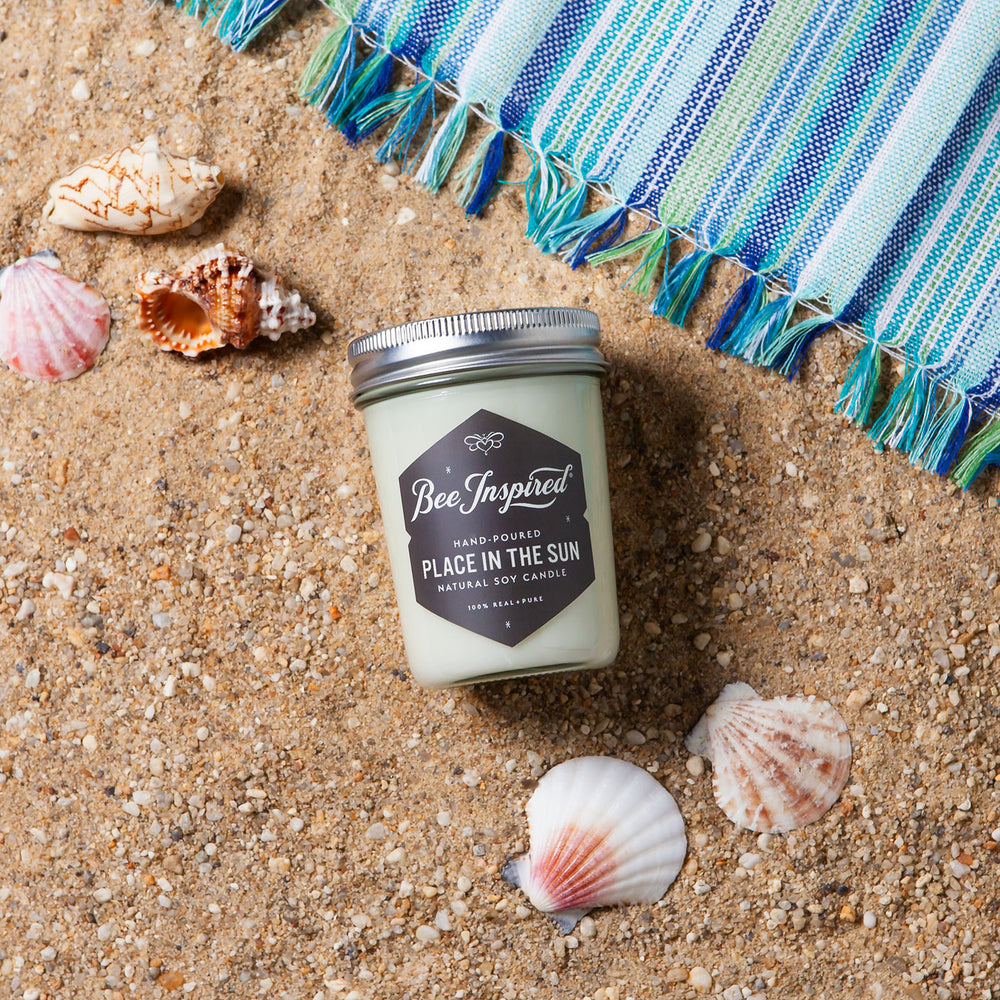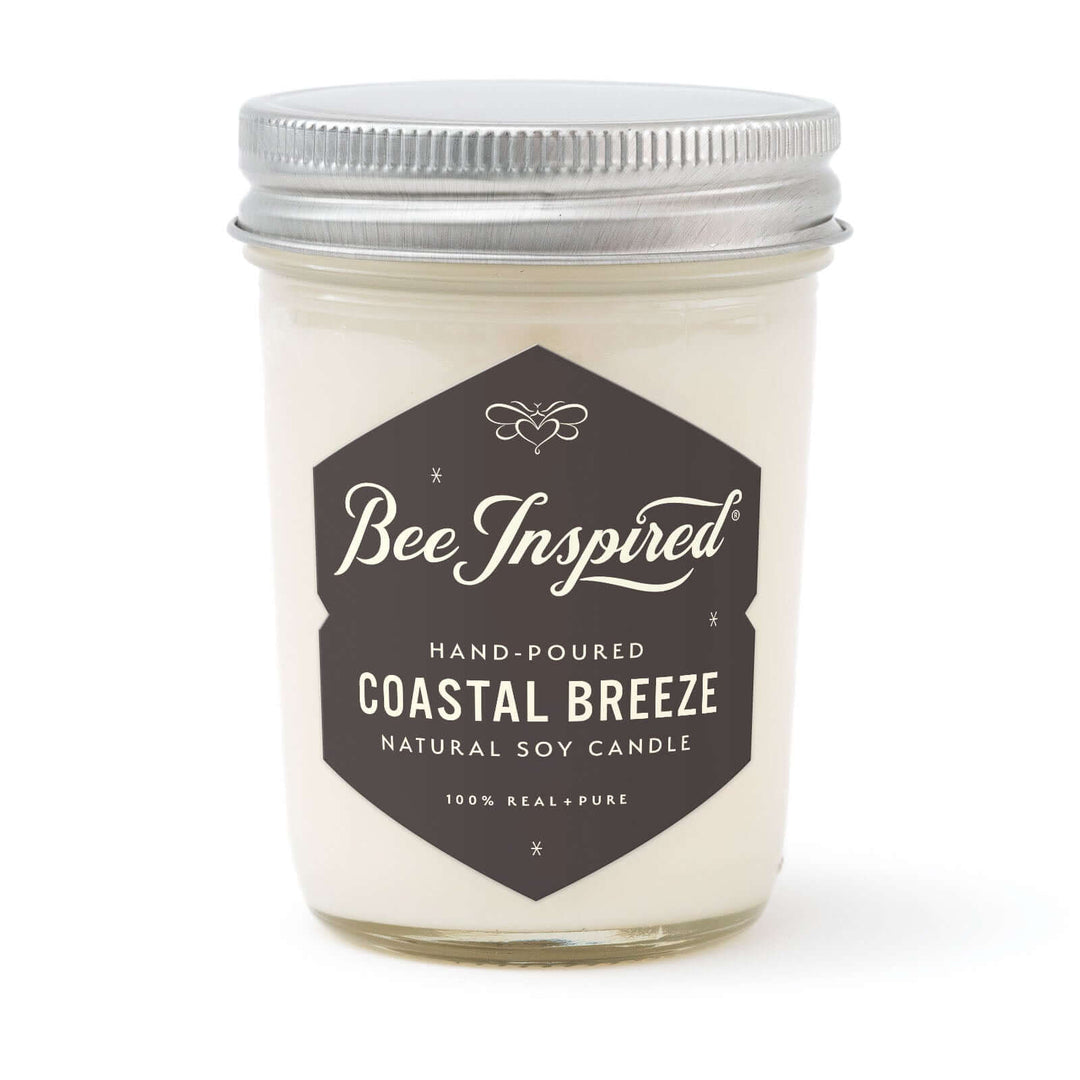Ginger Ale’s Bold, Spirited Cousin
Picture a beverage that marries the zing of spice with a hint of natural sweetness—that’s homemade ginger beer, one of the many delightful ginger beers you can indulge in. It’s similar to ginger ale but boasts a richer, more vibrant taste that’s utterly irresistible, and can even be made into alcoholic ginger beer through fermentation.
Why It Stands Out
- Customizable Sweetness: Honey blends seamlessly with the spice of fresh ginger, and you can adjust the sweetness by adding brown sugar to match your preference.
- A Tangy Twist: Freshly squeezed lime juice introduces a zesty, citrusy element, perfectly complementing the warmth of ginger.
Ginger beer became my go-to remedy during a difficult period with stomach issues—its spicy, soothing properties worked wonders. It remains one of my favorite beverages, whether enjoyed on its own, paired with a meal, or mixed into a classic cocktail.
Incorporating ginger juice can enhance the flavor and provide additional health benefits, making your homemade ginger beer even more versatile and nutritious.
Unlike overly sugary ginger ale, ginger beer embraces its bold, spicy intensity, providing a refreshing experience that feels as crisp and invigorating as a cool autumn breeze. The robust ginger flavor distinguishes it from other drinks, making each sip a delightful experience.

This Easy Ginger Shot can help boost your immune system
The Simplicity of Homemade Ginger Beer
Ginger beer boasts a rich heritage, traditionally crafted through a natural fermentation process using what was known as a “ginger beer plant.” This plant was a symbiotic culture of bacteria and yeast that gave ginger beer its unique, effervescent quality. Today, creating your own ginger beer at home is simpler than ever, requiring just a few basic ingredients and straightforward steps—no need for fancy equipment or extensive brewing expertise.
To begin your ginger beer journey, you’ll need fresh ginger root, which provides the bold, spicy kick that defines this beverage. Lime adds a refreshing citrus note, while honey and brown sugar offer a customizable sweetness that you can adjust to suit your taste. Water is, of course, essential, serving as the base for your concoction. A pinch of champagne yeast is the secret ingredient that transforms this mixture into a deliciously spicy, fizzy drink, as it ferments the sugars and creates carbonation.
The beauty of homemade ginger beer lies in its adaptability. You can experiment with the ingredients to craft a drink that perfectly matches your personal preference. Add more ginger for an extra spicy punch, or increase the lime juice for a tangier profile. The process is both an art and a science, allowing you to create a beverage that is uniquely yours.
In addition to its delightful flavor, making ginger beer at home allows you to avoid the preservatives and artificial flavors often found in store-bought ginger beer and ginger ale. This means you’re left with a purer, more natural drink that not only tastes better but is also healthier. The simplicity of this homemade ginger beer recipe makes it accessible to anyone, whether you’re a seasoned home brewer or a curious beginner looking to explore the world of homemade beverages.
So, gather your ingredients, set aside some time, and embark on the rewarding adventure of crafting your own ginger beer. With each batch, you improve your craft and make a better product.

Health Benefits of Ginger Beer
Ginger beer isn’t just a delightful drink; it’s also packed with health benefits that make it a fantastic alternative to traditional soft drinks. A standout benefit is its ability to aid digestion. The natural anti-inflammatory properties of ginger can help soothe digestive issues like nausea and bloating, making it a go-to remedy for an upset stomach.
But that’s not all—fermented ginger beer is a powerhouse for your immune system. The probiotics created during fermentation support gut health, which is closely linked to overall immune function. So, sipping on your homemade ginger beer can help keep those pesky colds at bay.
Ginger’s anti-inflammatory properties also extend beyond digestion. Regular consumption can help reduce pain and inflammation throughout the body, making it a great choice for those with chronic pain conditions. Plus, ginger beer is rich in antioxidants, which protect your body from the damaging effects of free radicals. So, every refreshing sip is doing your body a world of good.

Our Beautea contains ginger and turmeric, making it great for skin and gut health
How to Make Ginger Beer
Prep Time
- Active Time: 45 minutes
- Total Time (Including Fermentation): ~49 hours
- Yields: 8 servings (about 2 quarts)
Ingredients
- 1/2 cup honey (5½ ounces or ~157g)
- 1 cup fresh grated ginger, peeled and minced (about 6–7 three-inch pieces, ~9⅜ ounces or 266g)
- 2/3 cup fresh lime juice (~158ml, about 8–9 limes)
- 1-2 tablespoons freshly grated orange zest (optional, for extra citrus complexity)
- 1/4 teaspoon dried champagne yeast
- 1 - 1 1/4 quarts cold water (945 - 1,180mL)
Preparing the Fresh Ginger
Preparing fresh ginger is a crucial step in crafting a delicious homemade ginger beer. Start by selecting a fresh and firm ginger root, which you can easily find at most grocery stores or health food stores. Look for ginger that feels heavy for its size and has a smooth, thin skin—these are indicators of freshness.
To prepare the ginger, peel off the skin using a vegetable peeler or the edge of a spoon. This method helps you remove the skin without wasting too much of the ginger. Once peeled, grate the ginger using a box grater, food processor, or microplane grater for a finer texture. It’s best to grate the ginger just before using it to ensure you capture its full flavor and aroma.
For this recipe, you’ll need about 1½ cups of fresh grated ginger, which typically comes from 6-7 three-inch pieces. Adjust the amount based on your taste preference—more ginger will result in a spicier beer. Fresh ginger root is the star ingredient that gives your ginger beer its signature kick, so take your time to prepare it well.
Adding Sweetness and Flavor
The beauty of homemade ginger beer lies in its customizable sweetness and flavor. You can use a variety of sweeteners to achieve the perfect balance. Brown sugar and honey are popular choices, each adding a unique depth of flavor. Brown sugar imparts a rich, molasses-like sweetness, while honey offers a more floral and natural taste. Feel free to experiment with other sweeteners like maple syrup, but keep in mind that they may affect the fermentation process differently.
To enhance the flavor, freshly squeezed lemon juice or lime juice can be added. These citrus elements introduce a zesty brightness that complements the warmth of the ginger beautifully. You can also play around with spices like cinnamon or nutmeg for a cozy, aromatic twist.
When adding sweetness and flavor, moderation is key. Start with the recommended amounts and adjust to taste. Remember, it’s easier to add more sweetness or flavor later than to remove it once it’s been added. This way, you can fine-tune your ginger beer to perfectly suit your palate.

Enjoy homemade Ginger Beer with homemade Ginger Cookies
How to Make Ginger Beer with Honey
1. Make the Ginger Syrup
Combine honey, minced ginger, and 1 quart (945ml) of cold water in a medium saucepan. Gently bring to a boil, stirring to dissolve the honey completely. Once the mixture is aromatic, remove from heat, cover, and let it steep for 1 hour.
Optional: If using orange zest, add it in this step for a burst of citrusy fragrance. The zest will be strained out.
2. Strain and Bottle
Strain the ginger syrup through a fine mesh strainer into a clean 2-liter bottle using a funnel. Add the lime juice, then fill the bottle with cold water, leaving about 2 inches of space at the top. Cap the bottle tightly and let it cool to about 65°F (18°C), either in the fridge or an ice bath.
3. Kickstart the Fermentation
For a more traditional approach, you can use a ginger bug to kickstart the fermentation process, adding a unique probiotic quality to your ginger beer. Once the liquid is cooled, add the champagne yeast, recap the bottle securely, and let it sit at room temperature for 48 hours. Periodically check the pressure by gently squeezing the bottle—if it feels too tight, release some pressure by loosening the cap slightly.
4. Chill and Serve
When the ginger beer reaches your desired level of carbonation (usually after 2 days), transfer it to the refrigerator to stop fermentation. Serve chilled, strained over ice, and enjoy the perfect balance of spice, tang, and bubbles.
Tools You’ll Need
- Medium saucepan: For infusing the ginger syrup.
- Strainer: To separate the syrup from the ginger solids.
- Clean soda bottle: For fermenting the ginger beer.
- Funnel: For mess-free pouring.

Fermenting the Ginger Beer
Fermentation is where the magic truly unfolds, transforming your ginger mixture into a fizzy, tangy delight that dances on your taste buds. To embark on this exciting journey, you’ll need plastic bottles with screw-top lids, which are crucial for safely managing the pressure that builds up during fermentation. This choice ensures your ginger beer develops its signature effervescence without any mishaps.
Begin by finding a warm, dark spot in your home—like a cozy pantry or a cupboard—where your ginger beer can ferment undisturbed. The ideal temperature is around room temperature, which helps the natural yeast and bacteria break down the sugars and create that delightful fizz. This environment encourages the fermentation process, allowing the flavors to meld beautifully.
Patience is key
Allow your ginger beer to ferment for at least 24 hours to develop its unique character. If you prefer a more pronounced fizz and tang, you can extend the fermentation time to 48 hours or even slightly longer. Just keep an eye on the bottle’s pressure by giving it a gentle squeeze. If it feels too tight, release some pressure by loosening the cap slightly. This careful monitoring ensures you end up with perfectly carbonated ginger beer that’s bursting with flavor.
Throughout the fermentation process, you’ll notice the ginger beer transforming into a lively, bubbly beverage. The longer you allow it to ferment, the more complex and robust the flavors become. Each batch offers an opportunity for experimentation, allowing you to adjust fermentation times to suit your personal taste preferences.
Remember, fermentation is both an art and a science. Embrace the process, enjoy the anticipation, and savor the rewarding taste of your homemade ginger beer. With each sip, you’ll appreciate the effort and care that went into crafting this delightful, refreshing drink.

Use homemade Ginger Beer in this Apple Bourbon Ginger Cocktail
Storing and Serving Ginger Beer
Once your ginger beer has reached the desired level of carbonation, it’s time to slow down the fermentation process by transferring it to the refrigerator. This step is crucial to maintain the perfect balance of flavors and fizz. The cold temperature halts the activity of the yeast, preserving the taste and ensuring that your ginger beer doesn’t become overly carbonated or lose its delightful ginger flavor.
Fresh and Fermented
After fermentation, transfer your ginger beer from plastic bottles to glass bottles for optimal storage and to maintain its purity and freshness. For optimal storage, transfer your ginger beer to a glass bottle with a tight-fitting lid. This helps preserve the carbonation, ensuring every pour is as bubbly as the first. Glass bottles are ideal as they prevent any unwanted flavors from leaching into the ginger beer, maintaining its purity and freshness. Keep the bottle chilled in the refrigerator, ready to serve whenever the craving strikes. Stored properly, your homemade ginger beer can last for several weeks, allowing you to enjoy its refreshing taste over time.
When it comes to serving, ginger beer is incredibly versatile.
Enjoy it chilled on its own for a refreshing treat, or get creative by mixing it with freshly squeezed lemon juice or lime juice for an extra citrusy kick. This not only enhances the natural zing of the ginger but also adds a vibrant, tangy twist that complements the spicy notes beautifully. Whether you’re sipping it solo or using it as a mixer in your favorite cocktails, homemade ginger beer is sure to impress. It pairs wonderfully with dark rum in a classic Dark & Stormy, or you can mix it with seltzer water for a lighter, bubbly drink. For a non-alcoholic option, try it with a splash of club soda and a sprig of mint for a refreshing mocktail. The possibilities are endless, making homemade ginger beer a delightful addition to any occasion.

Add it to Ginger Iced Tea with Spring Honey
Good to Know
- Ginger beer can be made with lemon juice and sugar in addition to ginger.
- The fermentation process for ginger beer typically takes 2-3 days.
- Studies show ginger can help prevent and fight various types of cancer cells.
- Ginger beer is produced by natural fermentation while ginger ale is artificially carbonated and sweetened.
- Ginger beer tends to be more cloudy and less sweet than ginger ale.
- Ginger beer is a main ingredient in the popular Honey Moscow Mule cocktail.
Troubleshooting Common Issues
Even with the best intentions, sometimes things don’t go as planned. If you encounter any hiccups while making or storing your ginger beer, don’t worry—here are some common troubleshooting tips to help you out.
- If your ginger beer isn’t fermenting, check the temperature of the bottle. It should be kept at room temperature, not too cold or too hot. Also, ensure your yeast is active and hasn’t expired.
- Too much fizz? Try reducing the amount of yeast or sugar in your next batch. On the flip side, if your ginger beer isn’t fizzy enough, consider increasing the yeast or sugar slightly to boost fermentation.
- An off-flavor or smell can be a sign of stale ingredients or an unclean bottle. Always use fresh ingredients and ensure your bottle is thoroughly cleaned and sanitized before use.
By keeping these tips in mind, you’ll be well on your way to mastering the art of homemade ginger beer. Cheers to your brewing success!

This Carrot Ginger Soup is a great way to get more ginger in your diet
Tips for Working with Yeast
Yeast is the magical ingredient that transforms your ginger mixture into a fizzy, delightful beverage. Here are some tips to ensure your yeast works its magic effectively:
- Check the Yeast: Make sure your yeast is active and healthy by checking the expiration date and storing it properly. Fresh yeast is crucial for a successful fermentation.
- Choose the Right Yeast: For ginger beer, champagne yeast or brewer’s yeast is ideal. These types of yeast are known for their ability to produce a clean, crisp carbonation.
- Temperature Matters: Keep your ginger beer at the right temperature for fermentation, ideally between 68-72°F (20-22°C). This range helps the yeast thrive and ferment the sugars efficiently.
- Avoid Over-Aeration: Too much air can stress the yeast, leading to off-flavors. Mix your ingredients gently to avoid introducing excess air.
- Patience is Key: Fermentation can take anywhere from 2-6 days, depending on the temperature and yeast used. Be patient and allow the process to unfold naturally.
By following these tips, you’ll ensure a smooth fermentation process, resulting in a perfectly carbonated and flavorful ginger beer.

Did you know that honey, like our Buckwheat and Bamboo varietals, has medicinal benefits?
Common Mistakes to Avoid
Even seasoned brewers can encounter hiccups when making homemade ginger beer. Here are some common mistakes to watch out for:
- Overusing Ginger: While ginger is the star ingredient, too much can make your beer overpoweringly spicy. Stick to the recommended amount and adjust gradually.
- Wrong Yeast Choice: Using the wrong type of yeast can disrupt the fermentation process. Always opt for champagne yeast or brewer’s yeast for the best results.
- Over-Fermentation: Letting your ginger beer ferment for too long can lead to a sour taste. Monitor the fermentation process closely and taste-test periodically.
- Premature Bottling: Bottling too early can result in a flat or under-carbonated beer. Ensure the fermentation is complete before transferring to bottles.
By avoiding these common pitfalls, you’ll be well on your way to brewing a delicious and well-balanced ginger beer.
Recipe Variations and Experimentation
One of the joys of making homemade ginger beer is the freedom to experiment with different flavors and ingredients. Here are a few variations to inspire your next batch:
- Spicy Ginger Beer: Increase the amount of ginger for an extra kick. This variation is perfect for those who love a bold, spicy flavor.
- Lemon Ginger Beer: Add freshly squeezed lemon juice to the mix for a bright, citrusy twist that pairs wonderfully with the ginger.
- Ginger Ale: For a milder, sweeter drink, use less ginger and more sugar. This variation mimics the taste of store-bought ginger ale but with a homemade touch.
Feel free to get creative and try new combinations. The possibilities are endless, and each variation offers a unique and delightful experience.

Explore different types of honey for different flavors and sweetness levels
Advanced Techniques for Ginger Beer
Ready to take your ginger beer to the next level? Here are some advanced techniques to explore:
- Secondary Fermentation: After the initial fermentation, transfer your ginger beer to a secondary fermenter. This step allows for further fermentation and clarification, resulting in a cleaner, more refined flavor.
- Dry-Hopping: Add hops to your ginger beer after fermentation to introduce new flavors and aromas. This technique is borrowed from beer brewing and can add a unique twist to your ginger beer.
- Oak-Aging: For a rich, complex flavor, consider aging your ginger beer in an oak barrel or adding oak chips. This method imparts subtle woody notes and enhances the overall depth of the drink.
- Blending: Experiment with blending your ginger beer with other ingredients like fruit or spices. This can create unique and delicious flavor profiles that are sure to impress.
These advanced techniques offer exciting opportunities to refine and elevate your homemade ginger beer, making each batch a new adventure in flavor.
By incorporating these new sections, the article will provide a comprehensive guide to making homemade ginger beer, from basic preparation to advanced techniques. This will not only enhance the reader’s brewing skills but also inspire creativity and experimentation. Cheers to your brewing success!
Why Make Your Own Ginger Beer?
Creating ginger beer at home is a fulfilling experience that allows you to control the ingredients and flavor. Homemade ginger beer is more than just a drink—it’s an experience. Crafting it from scratch connects you to simple, natural ingredients while giving you the freedom to adjust the flavor to your liking. The spice of ginger adds a warming kick, the lime refreshes, and the bubbles bring it all to life.
It’s a versatile beverage, perfect on its own or as the star ingredient in classic cocktails like the Dark & Stormy, where it pairs beautifully with dark rum and lime. Whether you’re looking for a non-alcoholic treat or a unique mixer, ginger beer is a flavorful, refreshing choice.
Try making your own ginger beer at home—it’s easy, rewarding, and deliciously satisfying. Cheers!
Other recipes made with ginger from Bee Inspired include Gingerbread, Gingerbread Cookies, Ginger Shots, Lemon, Ginger and Turmeric Tea, and you can always get creative with our ginger honey lollipops.

Ginger Honey Lollipops can be enjoyed as a snack or in tea, or in baking





